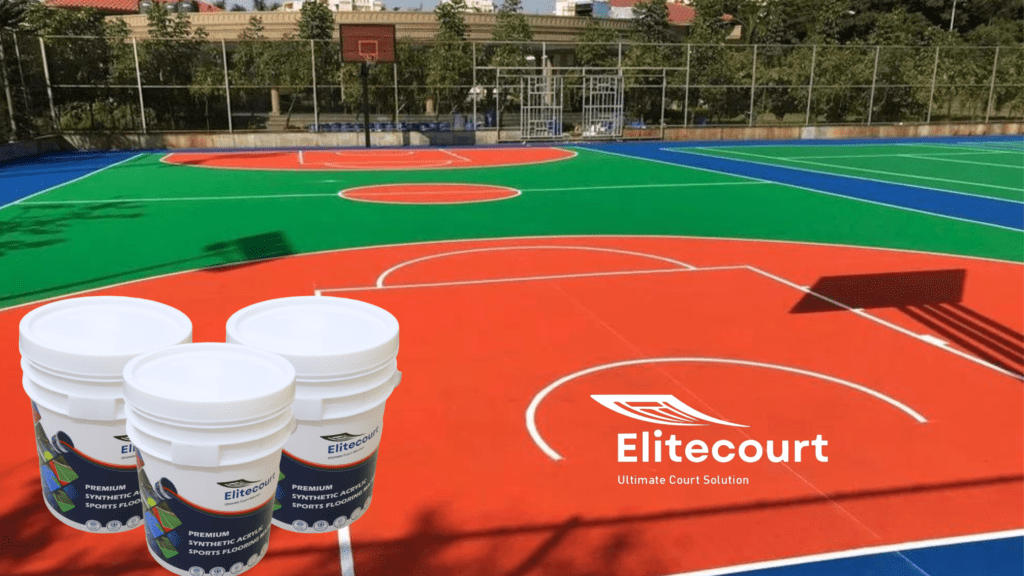Pickleball has rapidly grown in popularity, making the construction of high-quality courts an essential investment for communities, schools, and residential properties. Understanding the importance of a proper pickleball floor and estimating the cost of pickleball court construction are key steps in creating a safe, durable, and enjoyable playing environment. Proper planning and material selection ensure long-term performance and player satisfaction.
Understanding Pickleball Floor Options
The playing surface is one of the most important elements of a pickleball court. Choosing the right pickleball floor ensures consistent ball bounce, excellent traction, and injury prevention. The most common flooring options include:
- Acrylic Surfaces: Acrylic coatings are widely used for outdoor pickleball courts. They provide a smooth, even playing surface with vibrant colors and excellent weather resistance. Multiple layers of acrylic enhance durability and reduce maintenance needs.
- Modular Interlocking Tiles: These synthetic tiles are ideal for outdoor and multi-purpose courts. Modular tiles offer shock absorption, slip resistance, and ease of replacement. Damaged tiles can be swapped out individually, making this option cost-effective for long-term maintenance.
- Rubber or Synthetic Flooring: Rubberized and polyurethane floors provide cushioning, which protects players’ joints during fast-paced games. These surfaces are highly durable, weather-resistant, and easy to maintain, making them perfect for high-traffic community courts.
- Concrete or Asphalt with Top Coating: Traditional concrete or asphalt bases are often enhanced with acrylic or synthetic coatings to improve performance and traction. This combination provides durability while maintaining a professional-level playing experience.
Factors Affecting the Cost of Pickleball Court Construction
Estimating the cost of pickleball court construction requires considering several factors, including materials, site preparation, and additional features:
- Site Preparation: The condition of the land significantly impacts construction costs. Uneven terrain may require grading, excavation, and proper drainage systems to ensure a stable foundation.
- Surface Material: Premium materials like acrylic coatings, modular tiles, or synthetic surfaces can increase the initial investment but offer long-term durability and low maintenance costs.
- Court Size: A standard pickleball court measures 20 feet by 44 feet. Larger courts or multiple courts increase both material and labor costs.
- Additional Features: Fencing, lighting, net posts, and seating areas enhance functionality and safety but contribute to the overall construction cost.
- Labor and Installation: Professional installation is critical for longevity and performance. Hiring skilled contractors ensures proper leveling, surface application, and compliance with official dimensions.
Tips for Cost-Effective Construction
- Plan Ahead: Define the purpose of the court, usage frequency, and budget before starting construction.
- Invest in Durable Materials: High-quality flooring may cost more initially but reduces repair and maintenance expenses.
- Hire Experienced Contractors: Professional installers provide precision and adherence to standards, ensuring a long-lasting court.
- Regular Maintenance: Routine cleaning, resurfacing, and inspections extend the lifespan of the court and protect your investment.
Conclusion
Creating a professional pickleball court begins with selecting the right pickleball floor and understanding the cost of pickleball court construction . Proper planning, quality materials, and skilled installation are crucial for building a durable, safe, and enjoyable playing environment. By investing in these elements, you ensure that players can enjoy a high-performance court that lasts for years, providing both recreational and competitive opportunities.

